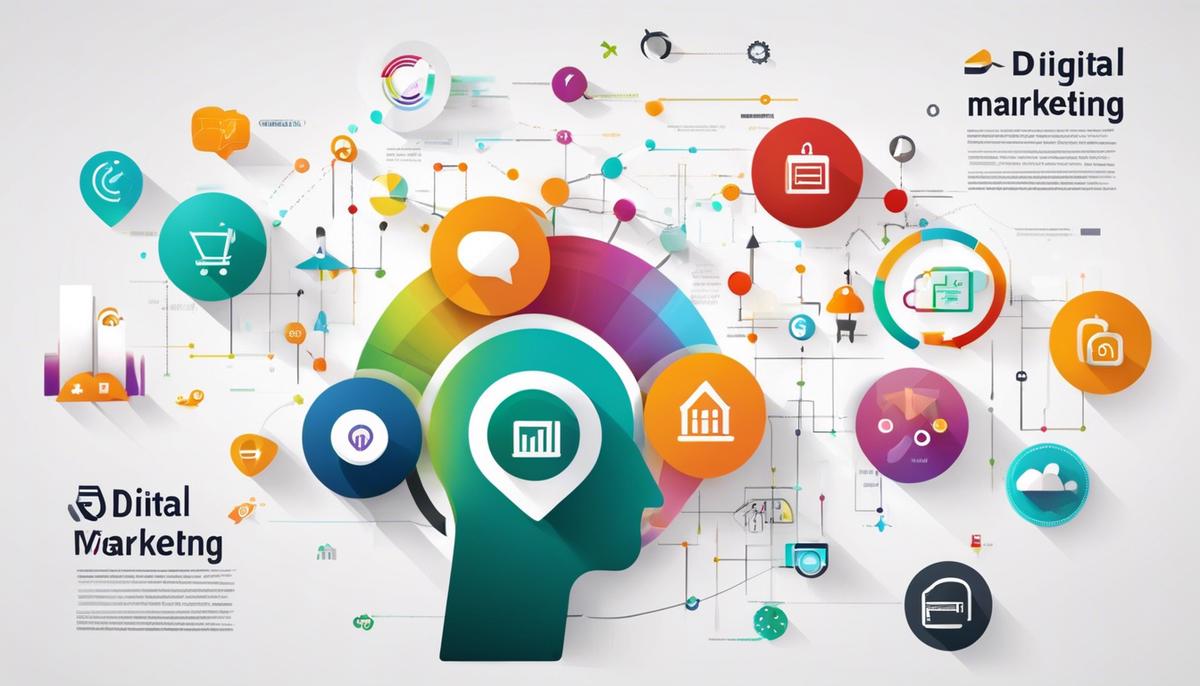Traditional vs. Alternative Auto Financing Options.
In today’s changing economic climate, possessing an understanding of auto financing options is vitally important for anyone in the market for a new vehicle. Navigating through the nuances of traditional financing models, we aim to comprehend the fundamental dynamics of acquiring a car loan through banks, credit unions or dealership financing. We will dissect aspects such as loan terms, interest rates, and the advantages and disadvantages intrinsic to each of these avenues. Then, we provide a comparative study of car leasing versus buying, thoroughly explaining the differences in costs, benefits, and potential drawbacks. Lastly, we delve into the rapidly-evolving digital realm of online financing, assessing its convenience and potential risks inherent in securing loans through these platforms.
Understanding Traditional Financing
Unraveling the Pros and Cons of Traditional Auto Loans: A Comprehensive Insight
In a dynamic world filled with diverse options, owning a vehicle is no longer considered a luxury, but rather an essential tool that aids everyday life. However, the financial undertaking of purchasing an auto cannot be underestimated. Fortunately, traditional auto loans serve as a handy tool for many prospective buyers, making the dream of owning a vehicle a reality. But like any financial product, traditional auto loans come with both advantages and disadvantages. Let’s dive right into them.
Starting off with the positive side of the coin, traditional auto loans offer benefits that keep them as one of the favored financing options.
- Easy Accessibility: Traditional auto loans pervade numerous banking and financial institutions, making them easily accessible for potential car buyers. Notably, credit unions, banks, or auto dealerships offer these loans, hence increasing the convenience for consumers.
- Flexible Repayment Terms: A key advantage of traditional auto loans is their flexible repayment plan. Depending on the lender, buyers can spread their repayments over an extended period, typically between 3 to 7 years. This notably facilitates finance management and eases the burden on the buyer.
- Boost to Credit Score: Consistent payment of auto loans can provide a substantial boost to the borrower’s credit score. This could open up the avenue for better loan terms in future financial dealings.
- Ownership at End of Term: Under traditional auto loan agreements, once the final payment is made, the vehicle becomes fully owned by the borrower. This differs from lease agreements where the ownership remains with the leaser.
Flip the coin, and the disadvantages of traditional auto loans make their presence known.
- Long-term Financial Commitment: The long repayment loans inadvertently tie down individuals to long-term financial commitment. This can prove burdensome in cases of financial strain or emergencies.
- Interest Rates: Traditional auto loans come with interest – a percentage of the principal loan amount charged by the lender. Depending on credit score, loan term, and overall market conditions, these rates may be high, increasing the total repayment significantly over the period.
- Depreciation Risks: A significant disadvantage lies in depreciation. Cars notoriously depreciate in value quickly, implying that buyers could end up paying more than the vehicle’s worth at the end of the loan term.
- Risk of Repossession: In case a buyer is unable to make regular payments, the lender has the right to repossess the vehicle, dealing a blow not only to the borrower’s credit score but also to their mobility.
- Extra Costs: Additional costs such as insurance, maintenance, and the potential for higher charges in case of a lease turn in before the maturity date may arise, making the overall cost of owning the vehicle steep.
As we delve into the world of traditional auto loans, it becomes evident that they offer a viable means to vehicle ownership. However, they also require careful navigation to navigate through their downsides. Therefore, every potential buyer must comprehensively analyze their financial situation and understand the loan terms clearly before taking the plunge. As with any financial endeavor, the key is always prudence and informed decision-making. The rapid expansion of disruptive financial services also demands borrowers to stay updated and explore innovative, potentially beneficial financing options on the horizon. Perfecting the balance of foresight, due diligence, and keen financial acuity can turn the complexities of traditional auto loans into a satisfying journey towards vehicle ownership.

Leasing Vs Buying
The Divergent Paths: Leasing vs Buying a Car
When picturing the ideal pursuit of mobility, one is often faced with the decision of leasing or buying a car. This is not an easy choice and understanding the distinct differences is crucial to informed decision-making. However, it’s imperative to acknowledge that these choices aren’t black or white, and each offers different advantages depending on your individual needs and overall financial landscape.
Starting with leasing, it’s an attractive option for those who yearn for the latest models and technological advancements. As you essentially rent your vehicle over a fixed period, usufruct of the latest bells and whistles comes with the territory. Trade-in hassle is eliminated, allowing for a seamless transition to newer models at the lease’s end.
Financially, leasing a vehicle usually requests a lower upfront cost and lesser monthly payments when juxtaposed with buying. This reduced financial burden can aid in maintaining a healthy cash flow. However, these benefits come with limits, particularly on the mileage. Exceeding the stipulated annual mileage can incur additional charges. This proves important to those driving long distances or spends a significant time on the road.
Lease contracts also dictate conditions about the vehicle’s condition upon return, meaning unexpected repair costs may arise from damages beyond ‘wear and tear’. Guess. It pays to keep your vehicle in a tip-top shape and prevent accidental dings and scratches.
Now, let’s pivot to purchasing. For the high-mileage drivers, buying may feel like a more relaxed choice due to the absence of mileage restricts. This arrange gives freedom to drive as far as needed without dreading ticking odometer.
A critical difference when choosing purchasing over leasing is the potential for an asset at the end of your payment term. Provided you maintain your vehicle’s condition, there’s a possibility of a return on investment by selling.
Purchasing also offers more personalization. Unlike leasing where modifications can lead to penalties, being an owner allows you to transform your vehicle to fit your taste, from rims to roof racks, music system upgrades or detailed paint works.
In the end, deciding whether to lease or buy a car isn’t just a financial question. It goes further than that; it’s essentially about your lifestyle, driving habits, and personal preference for stability or flexibility. Nonetheless, understanding the key differences between the two is essential, enabling you to turn the key in the ignition with utmost confidence.

Online Financing
Transforming Your Financial Journey: The Changing Landscape of Online Financing
Every industry experiences innovation, but few embrace it as willingly as the world of finance. Is it any surprise? Resourceful minds constantly look for ways to revolutionize traditional systems and online financing is a natural progression of this phenomena.
Venturing into the realm of online financing can be a daunting prospect, though the benefits outweigh the risks. Fear of the unknown is understandable but the savvy entrepreneur comprehends the power of harnessing new, boundary-pushing forms of technology.
Primarily, online financing incarnates the promise of convenience. Web-based financial services have shattered the constraints of 9-to-5 working hours and geographical limitations. Days spent waiting for loan approvals have been streamlined into minutes, offering instant gratification to the consumer and shaping a rapid and efficient business model for lenders.
An unmatched level of transparency is another cornerstone of online financing. With digital platforms giving birth to an avalanche of data, financial service providers offer potential borrowers an easy way to compare real-time interest rates, lending credibility to the market and increasing competition among lenders.
Moreover, the advent of online financing has created a wider window of opportunity for those blessed with less-than-perfect credit scores. Unlike traditional banking systems that operate heavily on credit score assessment, digital lenders offer a broader perspective on creditworthiness. By considering factors such as employment history, education, and income stability, these lenders offer loans to clientele traditional banks might conveniently skip over – a win-win for borrowers and the well-tuned business eye.
But perhaps the biggest revolution ignited by the online finance industry is the birth of peer-to-peer (P2P) financing. P2P lending platforms connect borrowers directly with investors, bypassing the middleman of banks and credit institutions. This direct connection has the potential to improve the returns for investors while reducing the cost for borrowers.
In conclusion, when embracing online financing, it’s prudent to remember that this contemporary modality caters to the diversified and evolving needs of today’s consumer. With the benefits ranging from convenience, increased transparency, alternative credit evaluation and fostering a new era of P2P, online financing is not just a trend but the future of financial management. This dynamic space is ripe for continued innovation and those who grasp its full potential will no doubt hold the reins of financial prosperity in their hands.

Today’s digital age is transforming the way we finance our car purchases, but online financing doesn’t come without its share of risks. As consumers, it’s crucial that we adapt to these changes while also staying aware of the potential pitfalls of online lending. As we explored, traditional financing options each carry their own benefits, but also come with unique concerns. Similarly, the decision to lease or buy a car is dependent on many variable factors, including personal preferences and financial situations. In navigating these waters, the goal remains constant: to secure a vehicle that meets our needs without over-straining our financial resources. Remember, knowledge is power – and being well-informed can make all the difference in making sound automobile buying and financing decisions.



